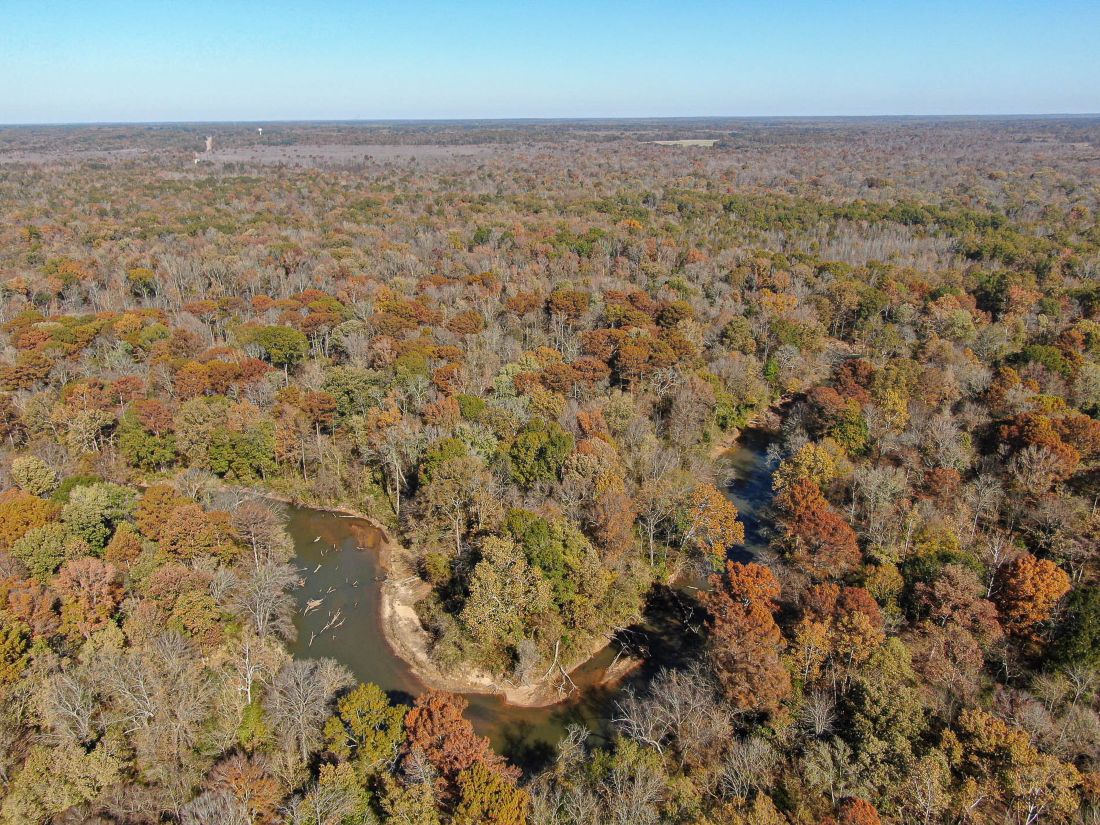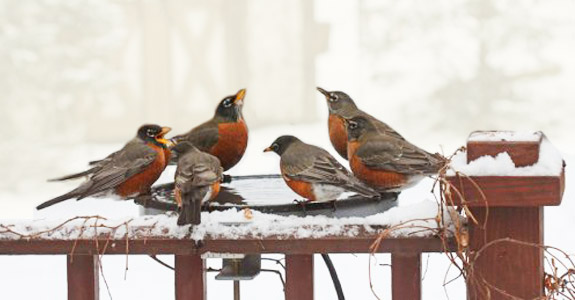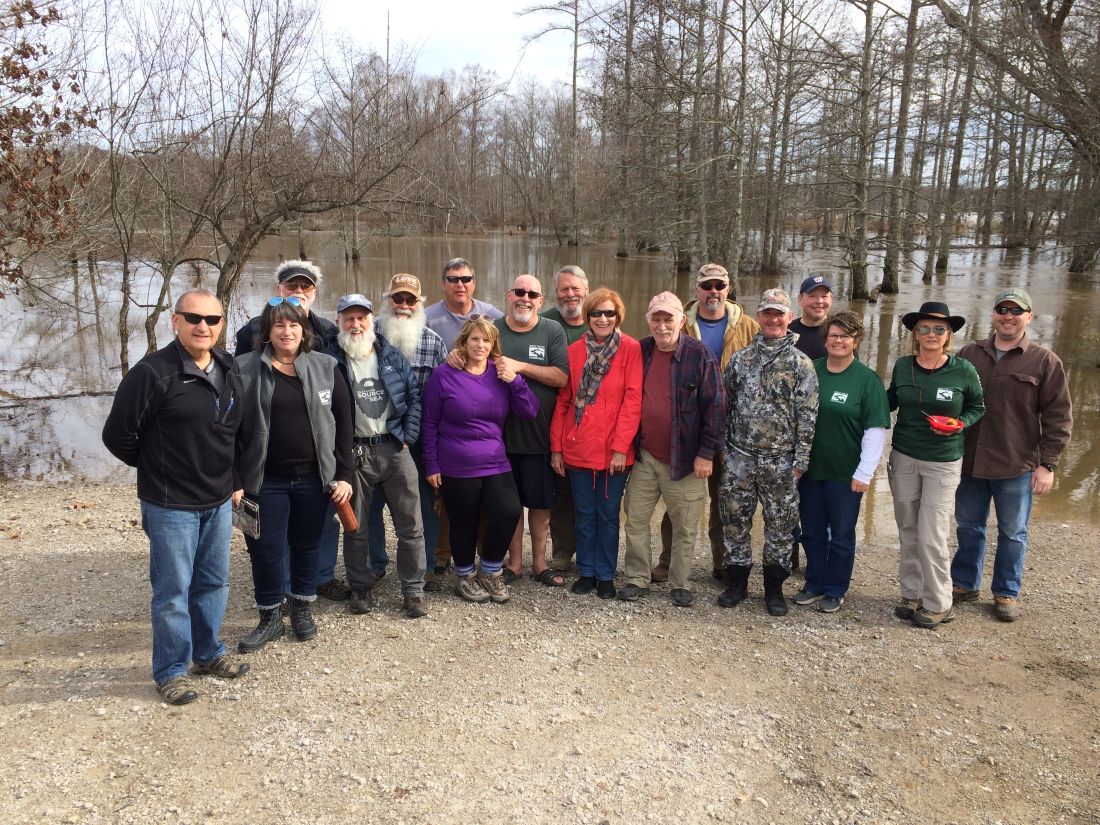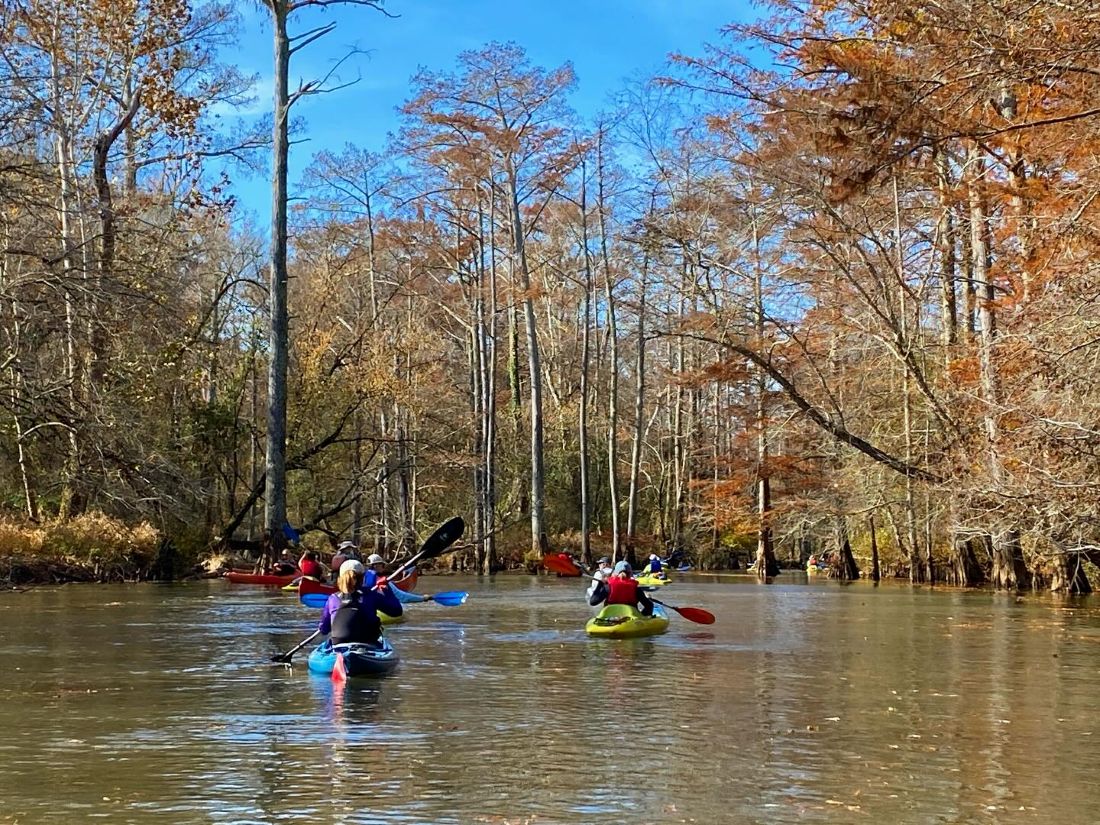Natural Highlights: Northern Bobwhite


The two-noted "bob - WHITE" call is among the quintessential birdsongs of the southeastern countryside, and yet the chance to hear it is becoming rare. The Northern Bobwhite (Colinus virginianus) is considered a "common species in steep decline" by conservation scientists, its population impacted by many factors - with habitat loss at the top of the list. Our thanks to UTK graduate student Ellie Burken for outlining bobwhite research at the Wolf River Wildlife Management Area in our latest online lecture (available on our YouTube channel). Her team is trying to understand more about bobwhites and their habitat needs in order to increase their numbers.
Bobwhites thrive in patchwork areas of fields, forests, and farms - a mixture of open grassy habitats with woody, brushy cover, but not mature forest. A young forest growing back after logging is more appealing to bobwhites. Changes in agricultural practices such as the removal of protective fencerows and increased use of pesticides and herbicides which deplete the insects and seeds have been very hard on bobwhites, in addition to other factors. Between 1966 and 2019, it is estimated that bobwhite numbers have declined by 81%. But with land conservation and restoration work and good bobwhite habitat management, we can help Northern Bobwhites hold on. The Conservancy's Cornerstone Habitat Restoration Project, funded by a grant from the Cornell Land Trust Bird Conservation Initiative, includes restoration of both grassland and early successional forest habitat. One day, perhaps, we'll all be able to hear the beautiful calls of Northern Bobwhites in this location!
To learn more about Northern Bobwhite, please use these links:
https://www.allaboutbirds.org/guide/Northern_Bobwhite/overview#
The two-noted "bob - WHITE" call is among the quintessential birdsongs of the southeastern countryside, and yet the chance to hear it is becoming rare.









